Summer is here for sure! Stay cool, stay hydrated, and get started gardening early! Some plants need more love during the Summer, but lots of others don’t even start thriving and looking their best until temps stay above 90. Here are a few standouts to plant right now.
Firebush (Hamelia patens)
Blooms all summer, top hummingbird plant, easily pruned/shaped, and grows 6-8’ tall – perfect for a fence line. Loves heat and can handle cold too.

Purslane (Portulaca oleracea)
If you’re looking for tough summer color in hanging baskets or beds, Purslane is for you. Loves full sun and can handle a variety of soil conditions. And Purslane is edible! High in omega-3s and minerals.

Esperanza (Tecoma stans) – all varieties
Loves summer temps and blazing sun. Classic yellow-blooming varieties that grow 6-8’ tall, or the pictured Sparklette variety that stays 3-4’ tall with golden-yellow trumpet flowers with red throats. Blooms all Summer and into the Fall, and the lightly fragrant blooms attract hummingbirds, butterflies, and bees.
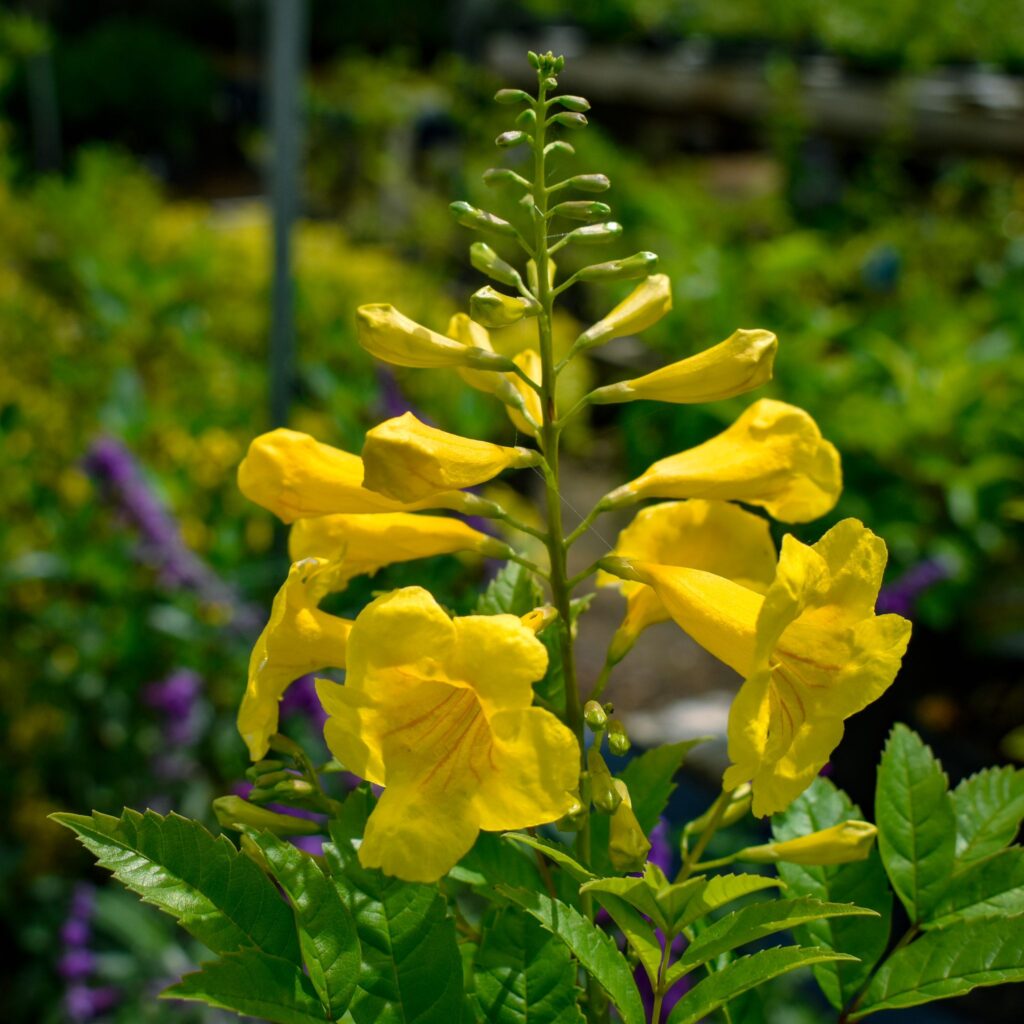
Mangave (Agave macroacantha)
A succulent hybrid of Agave and Manfreda that love summer temps. More sun = more cool color variations. Great for containers or as a statement plant in the landscape.
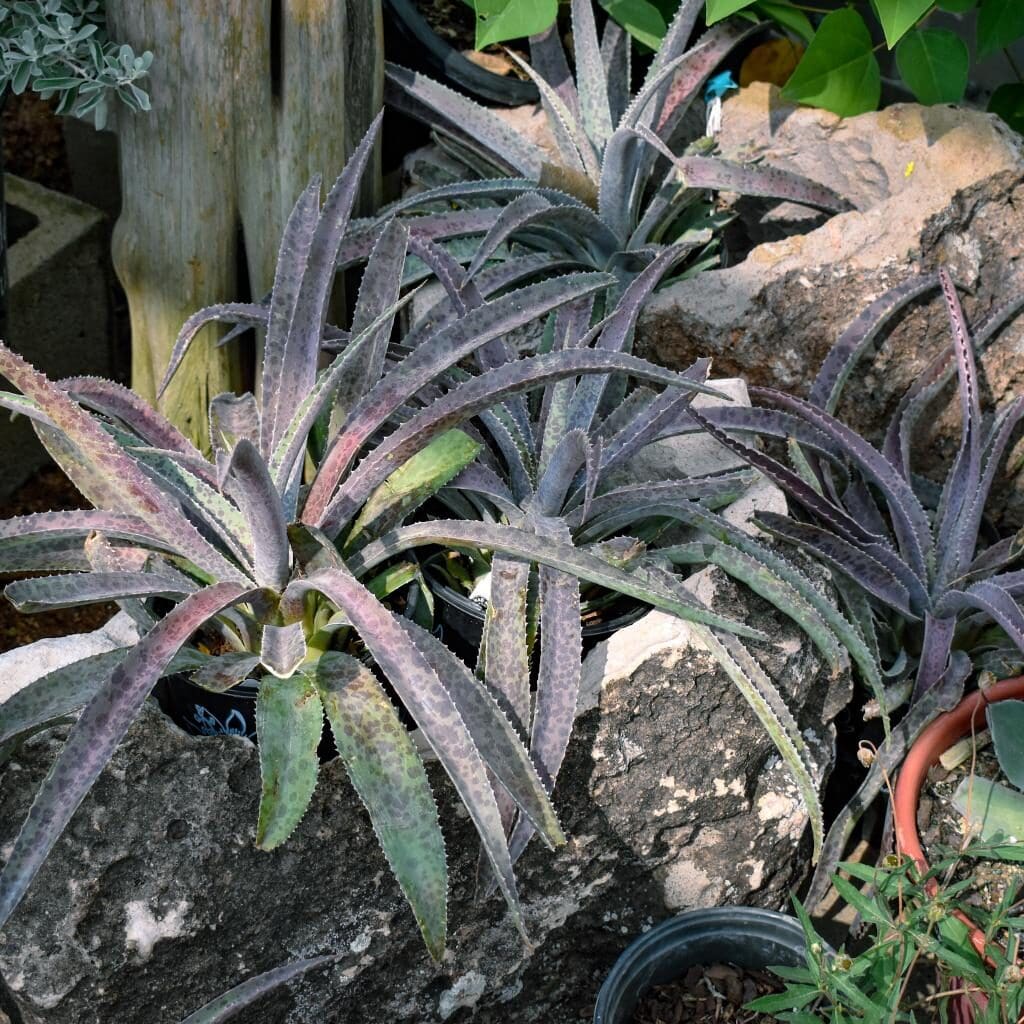
Duranta (Duranta erecta)
Starting to bloom all over town with consistent summer temps. Can be treated as a shrub or pruned up into a beautiful small tree. Hummingbirds and bees love it.
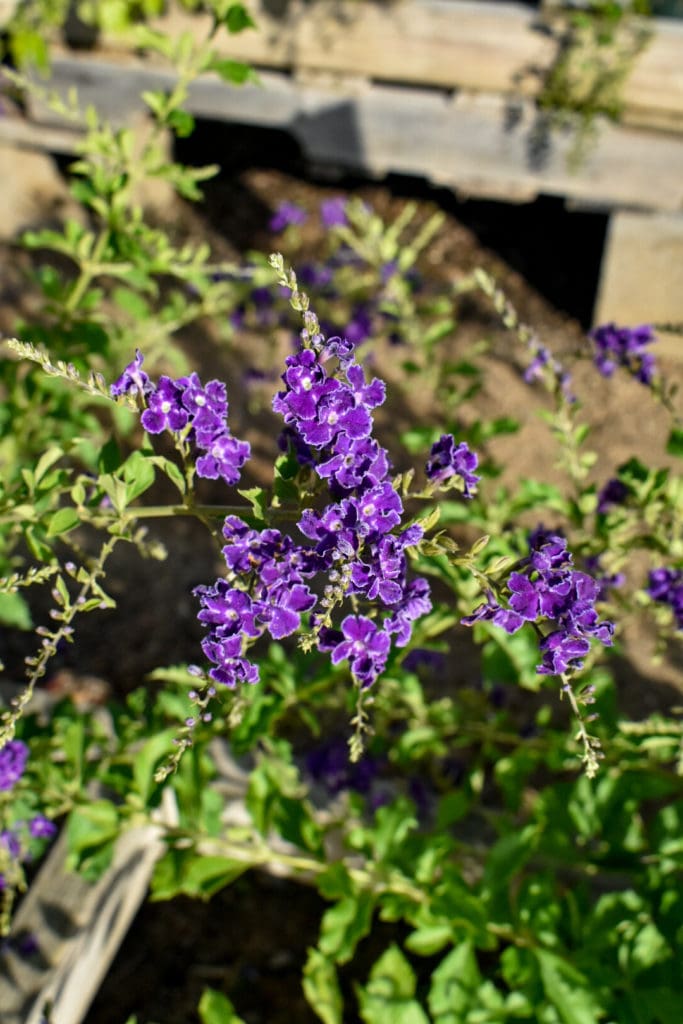
Basil (Omicum basilicum)
Every gardener needs to have some basil growing for summertime salads! For bigger, bushier plants, pluck off the blooms. Or leave them if you want to attract more bees and butterflies!
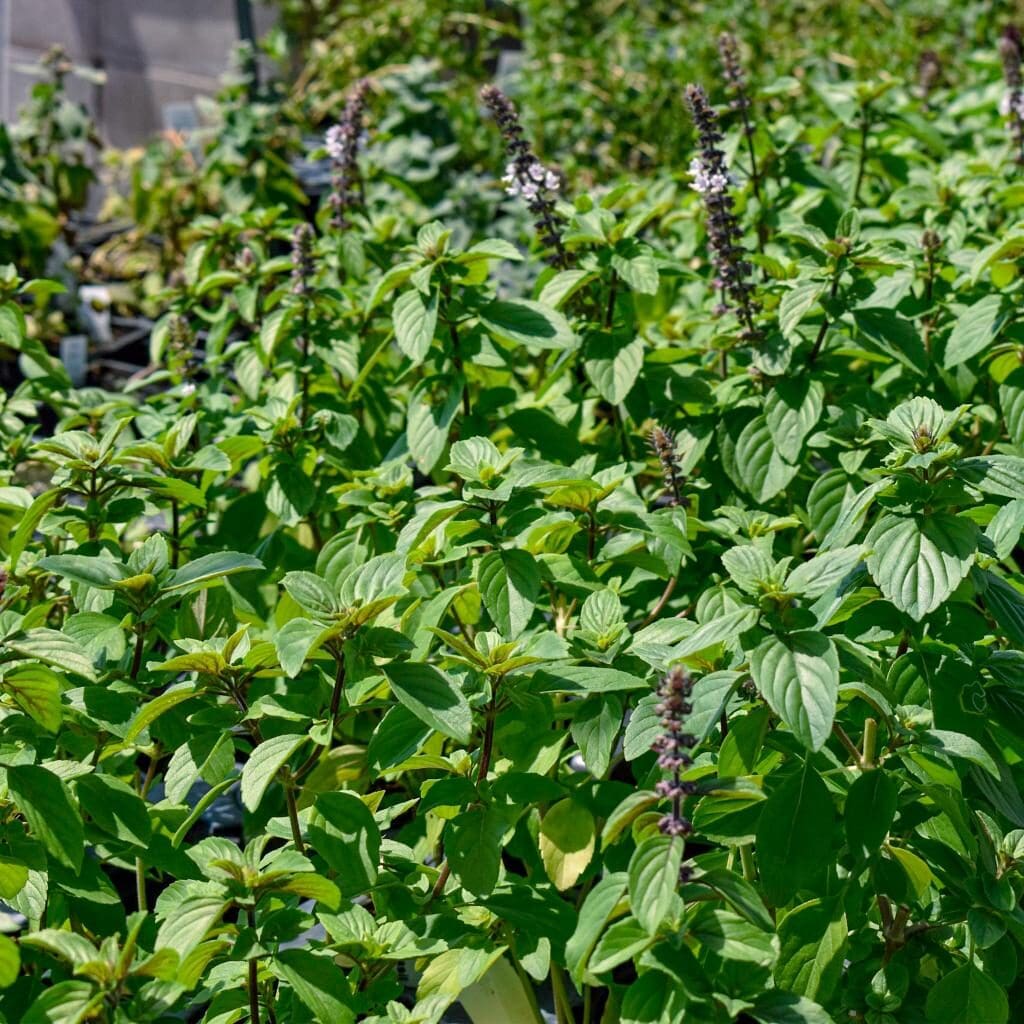
Firecracker plant (Russelia equisetiformis)
Lives up to its name with big sprays of bright red blooms. Prefers high temps and works well in rock beds or spilling over raised planters.
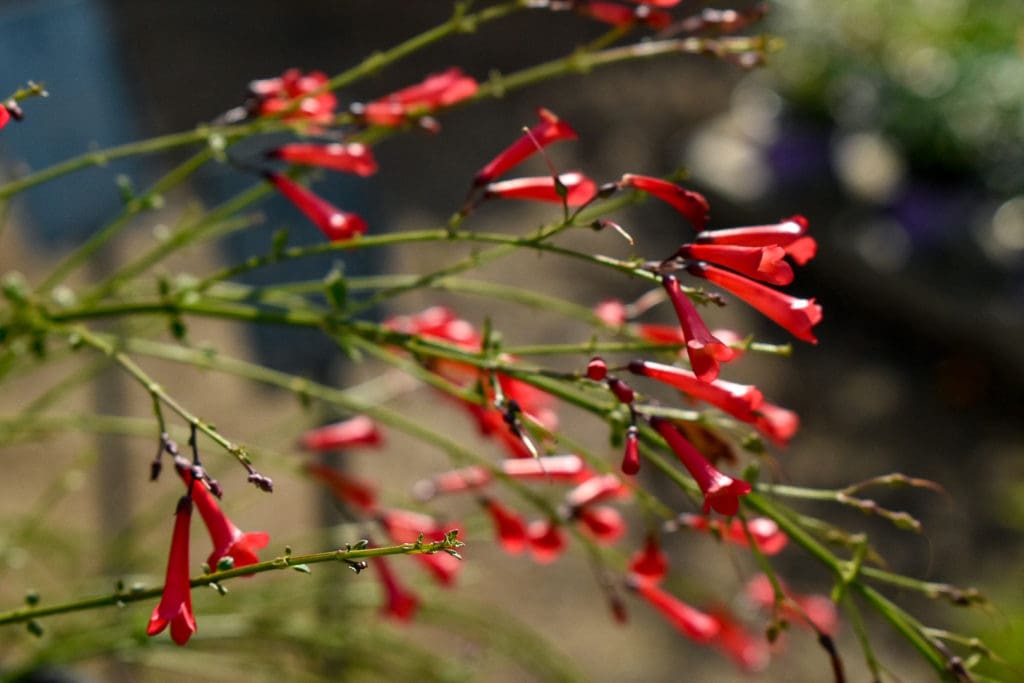
Pride of Barbados (Caesalpinia pulcherrima) aka Dwarf Poinciana
Thrives in the hottest parts of summer, requires little water, feeds pollinators, and pairs well in the landscape with other tropicals and desert plants too. People in the Caribbean and South America have used the leaves of the plant to treat kidney stones, Malaria, and bronchitis.
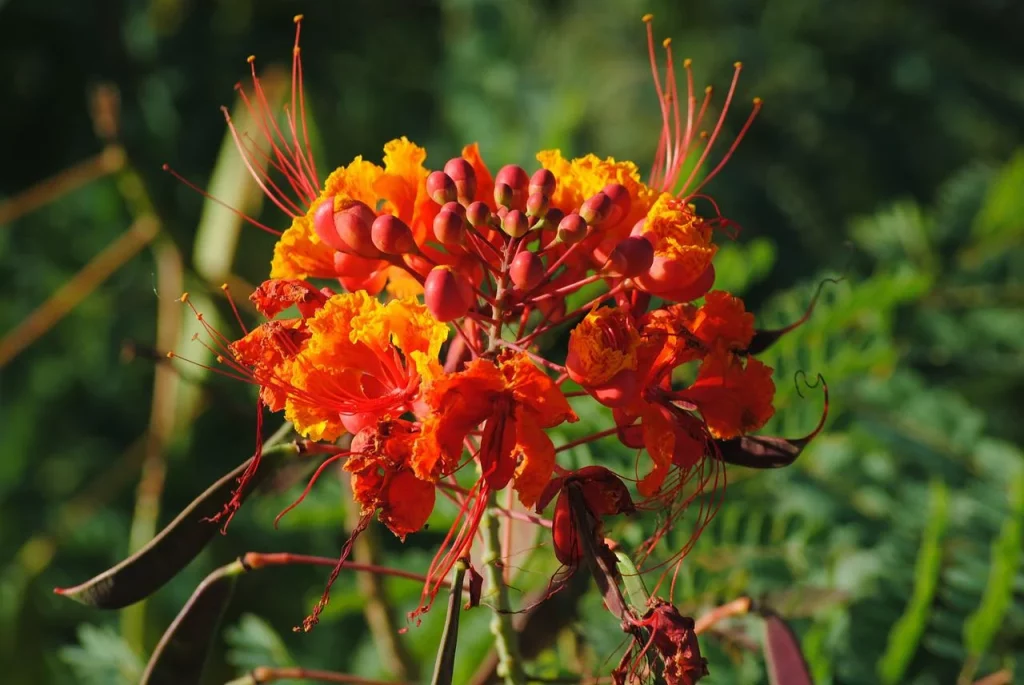



Reader Interactions